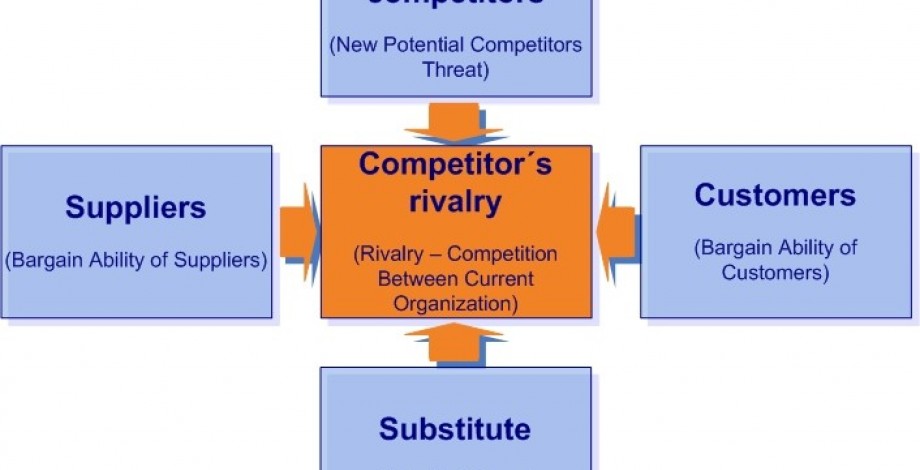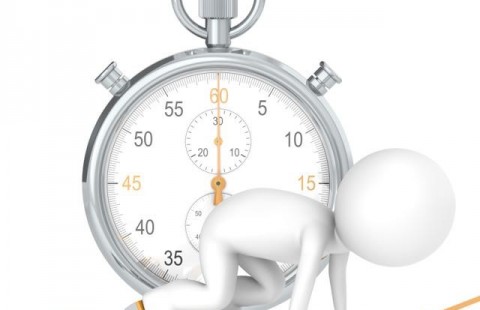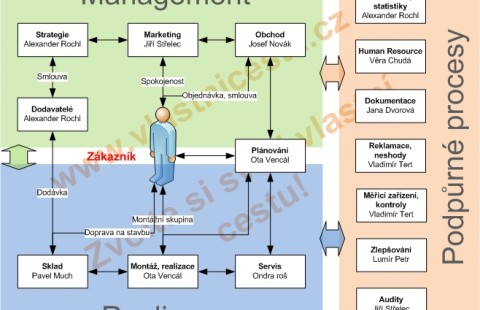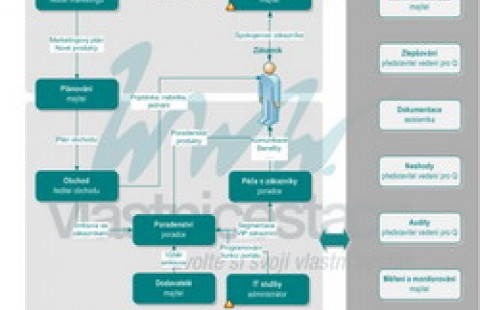Porter’s model deals with competitive forces and rivalry on the market. Market rivalry depends on the influence and interaction among basic market forces (competition, the power of suppliers, the power of buyers, possibility of substitution). Outcome of this interaction determines the gain potential of the particular business field.
Porter's model can be used to analyze the situation of your business environment. It might even be advisable to Porter's model every year to complement the information and see if you still have your significant position in the market or your position disappears. The model is suitable to use for discovering new products (substitutes) as the direction and strength of customers and suppliers should let you activate for new strategic directions. In combination with other methods of marketing e.g. SWOT analysis, you can easier define the required strategy.
History of the method
The model of market rivalry has been described by Michael E. Porter from the Harvard School of Business Administration. Porter has developed a diagram that helps managers to analyze competitive forces surrounding the company and to detect main opportunities and threats of the business.
Description of the method
Porter’s model helps to describe the condition of competitors in the field of business by evaluation of five major forces (see picture):
-
Risk of new competitor’s market entry – How difficult is the market entry for a new competitor? Are there any entry barriers?
-
Rivalry among existing competitors – Is there a strong competition among current market players? Is there a dominant player on the market?
-
The power of buyers – How strong is the customer’s position? Is there an opportunity for cooperation among customers in order to be able to purchase greater volume of goods for better price?
-
The power of suppliers – How strong is the position of suppliers? Is there a monopoly supplier or, on contrary, is there a strong competition among suppliers?
-
The risk of product’s substitution – Is there a danger of our product or service to be replaced by the one from another provider?
The he government market regulation is sometimes regarded as the 6th force. Combination of those forces results in gain or loss potential of the business field concerned.
Porter’s model is a particularly strong instrument for an establishment of a business strategy when emphasis has to be put on the external factors of company’s activities.
It is recommended to extend the porter’s model by quantification of each force in order to precisely determine exact proportion of its influence. Advisor Jiří Střelec uses this methodology for his clients benefit.











